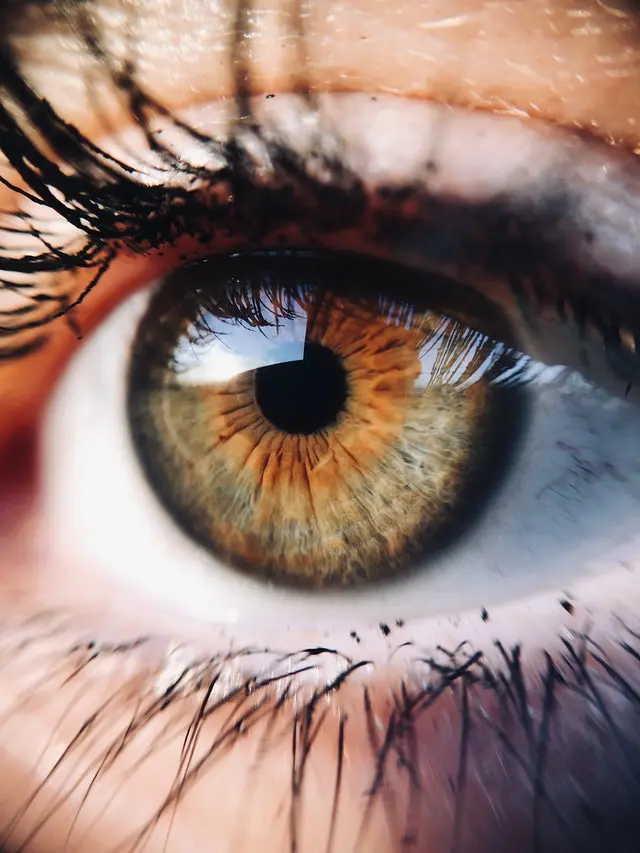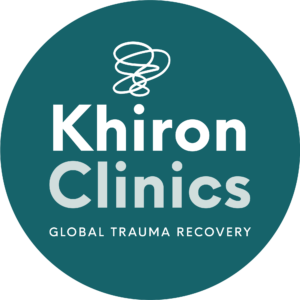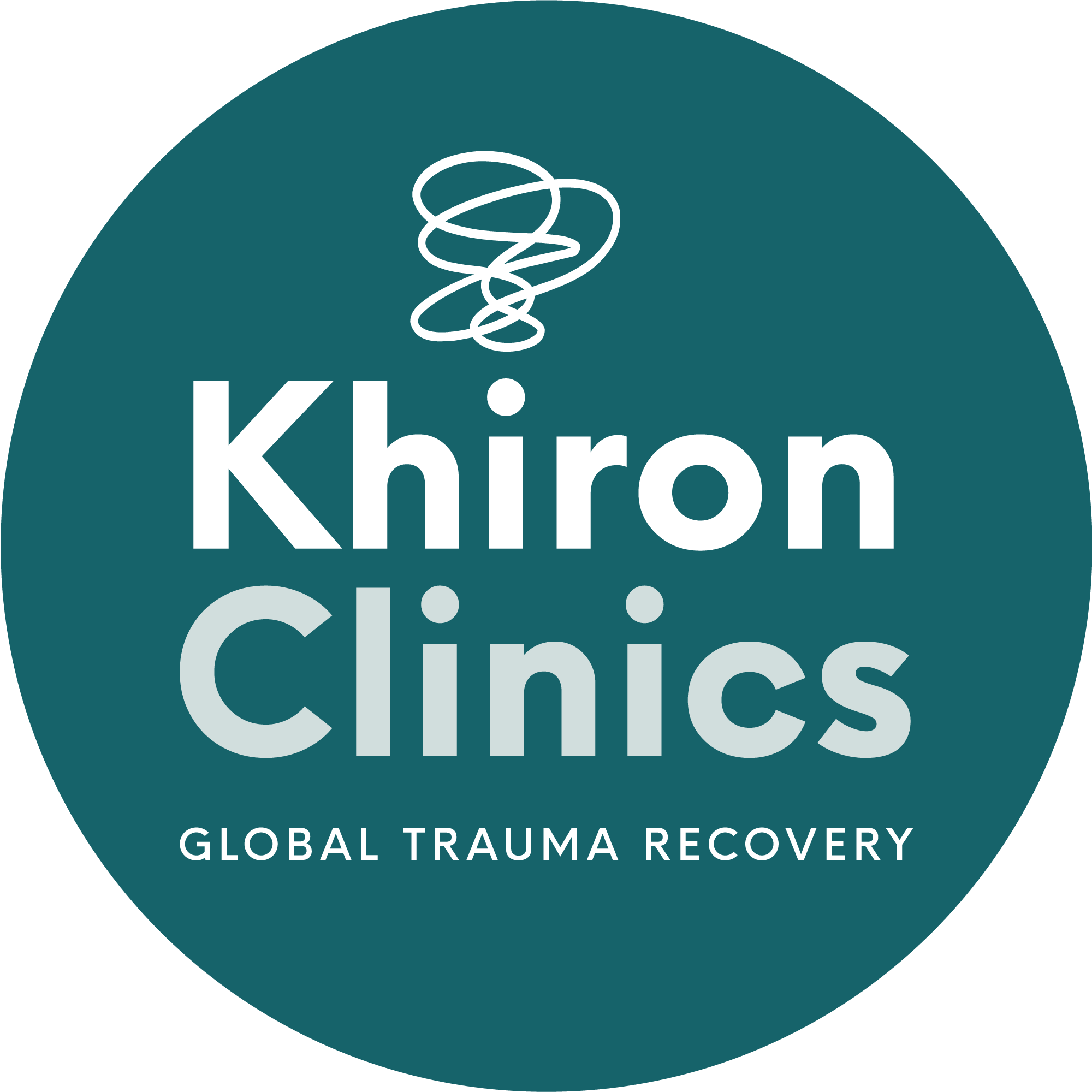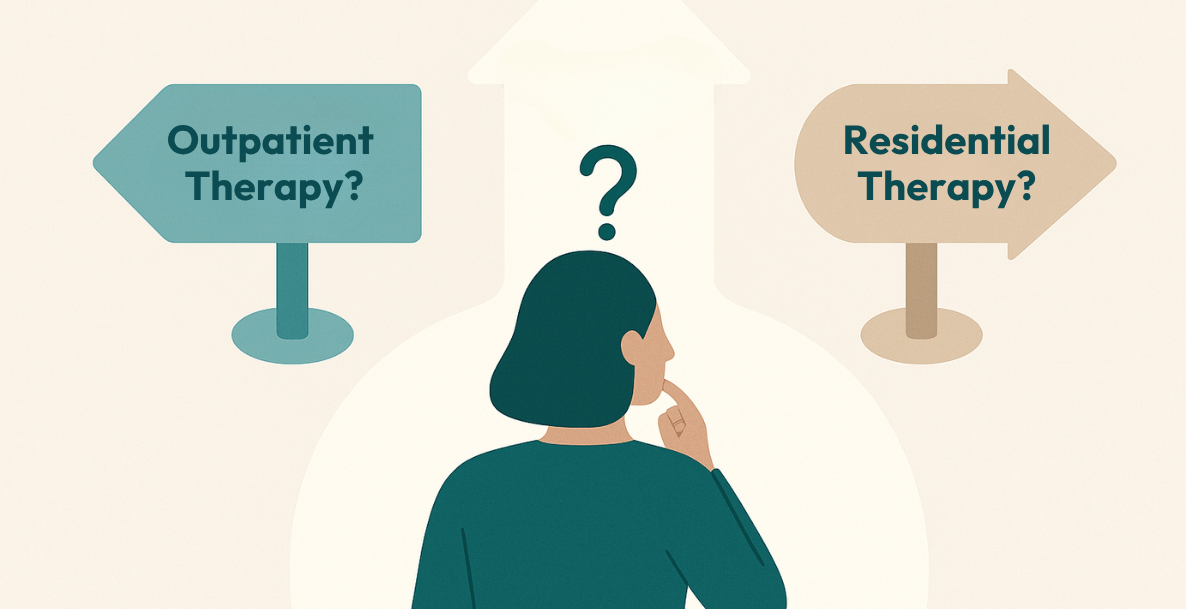In 2003, David Grand, Ph.D., created a new form of therapy for trauma recovery known as Brainspotting. It was developed as a result of his continuous work with survivors of trauma, in particular those who survived the tragic events of 9/11.
Brainspotting is derived from a combination of Somatic Experiencing[1] (SE) and Eye Movement Desensitisation and Reprocessing[2] (EMDR). These are both effective tools in their own right for the promotion of healing from psychological trauma. The therapy involves a dual attunement on the side of the therapist, whereby the therapist is attuned to the therapeutic relationship with the client, as well as the clients brain-body (or neuro-physiological) responses.[3]
What is Brainspotting?
During a therapy session, we very often fix our eyes on a certain point when recalling a memory or speaking about a certain topic. This is not a new behaviour, but focus on this phenomenon for the purposes of therapy and healing is a relatively new approach.
Brainspotting refers to the discovery of certain eye positions that lead to greater access to the internal environment of the client. Typically, a laser pointer is used, with the client following the laser with their eyes across a horizontal and then a vertical axis. This is to locate an eye position that holds emotional resonance related to one’s issues or traumatic memories.[4] In a session, a client will begin to discuss a certain issue with the therapist, and they will be guided in identifying the physical sensations they experience in association with the specific issue. The ‘brainspot’ is then located by a following of the pointing rod and an assessment by the client, the therapist’s relational attunement, and the therapist’s observation of neurophysiological responses (i.e. facial tics, clenched hands, or a shift in posture.)
Where You Look Affects How You Feel
‘Where you look affects how you feel’[5] is the central idea behind Brainspotting. Once the ‘brainspot’ has been identified, it is ‘sustained with focused mindful attention’, so the memories and difficult feelings that a client is dealing with can be brought to the surface and neutralised.
As in EMDR, Brainspotting is used to support reprocessing of traumatic memories and associated feelings and to retrain a client’s emotional reactions to those memories. Trauma itself, whether in the form of PTSD, Complex PTSD, or developmental trauma, is an extremely difficult and complex condition to treat, yet recovery is possible.
Our Growing Understanding of Trauma
While traditional, talk-based cognitive psychotherapies have been used for a long time in trauma treatment and do show some efficacy[6], our understanding of trauma and its full impact is still growing. Much research has been carried out to discover more about the nature of trauma; it is becoming increasingly known that it is not only stored in the mind, but deep within the body. For this reason, traditional talk-based therapies don’t always fully target it. Trauma is buried deep in the subconscious the nervous system, so new approaches to accessing and releasing it are needed if the landscape of trauma treatment is going to change and improve.
Who Can Benefit from Brainspotting?
Brainspotting is an exciting new treatment that is being used for a variety of trauma-related conditions, such as anxiety, depression, and behavioural conditions and disorders. It is a means of identifying and working with unresolved trauma – the root cause of many present-day conditions and disorders in clients.
Very often, traumatised individuals develop a range of co-occurring conditions that lead to multiple diagnoses. While a diagnosis is an important step towards receiving appropriate, effective treatment for one’s issues, those issues will not fully subside and one’s health will not be fully restored unless the underlying trauma has been identified and addressed.
“Brainspotting gives us a tool, within this clinical relationship, to neurobiologically locate, focus, process, and release experiences and symptoms that are typically out of reach of the conscious mind and its cognitive and language capacity.”[7]
— Dr. David Grand
Aural Stimulation
The therapeutic effects of Brainspotting can be enhanced when supported by the use of aural stimulation. David Grand, the developer of Brainspotting, also created an album called Brainspotting: BioLateral Sound Healing, which makes use of alternating left to right sound waves to promote healing, The BioLateral Sound CD, or any other left to right sound wave stimulation, can support clients in a therapy session by helping them attune to the internal environment.
A Growing New Approach to Trauma Healing
Brainspotting (BSP) helps therapists gain insight into the inner world of the client. It is a rapidly growing area of therapy for trauma recovery, with over 8,000 Brainspotting trained therapists in the world today.[8]
Get in touch
If you have a client, or know of someone who is struggling to heal from psychological trauma and could benefit from Brainspotting, reach out to us at Khiron Clinics. We believe that we can improve therapeutic outcomes and avoid misdiagnosis by providing an effective residential program and out-patient therapies addressing underlying psychological trauma. Allow us to help you find the path to realistic, long lasting recovery. For information, call us today. UK: 020 3811 2575 (24 hours). USA: (866) 801 6184 (24 hours).
Sources
[1] Levine, P. A. (2010). In an unspoken voice: How the body releases trauma and restores goodness. New York: North Atlantic Books.
[2] Shapiro, F. (1989). Efficacy of the eye movement desensitization procedure in the treatment of traumatic memories. Journal of Traumatic Stress, 2, 199-223. https://doi.org/10.1002/jts.2490020207
[3] Masson, J., Bernoussi, A. and Moukouta, C., 2017. Brainspotting Therapy: About a Bataclan Victim. Global Journal of Health Science, 9(7), p.103.
[4] Goodtherapy.org. 2018. Brainspotting. [online] Available at: <https://www.goodtherapy.org/learn-about-therapy/types/brainspotting-therapy> [Accessed 6 September 2020].
[5] Brainspotting.com. n.d. Brainspotting – Where You Look Affects How You Feel. [online] Available at: <https://brainspotting.com/> [Accessed 6 September 2020].
[6] Kline, Alexander C et al. “Long-term efficacy of psychotherapy for posttraumatic stress disorder: A meta-analysis of randomized controlled trials.” Clinical psychology review vol. 59 (2018): 30-40. doi:10.1016/j.cpr.2017.10.009
[7] Dr. Pie Frey. n.d. Brainspotting. [online] Available at: <https://drpiefrey.com/brainspotting/> [Accessed 6 September 2020].
[8] Goodtherapy.org. 2018. Brainspotting. [online] Available at: <https://www.goodtherapy.org/learn-about-therapy/types/brainspotting-therapy> [Accessed 6 September 2020].







